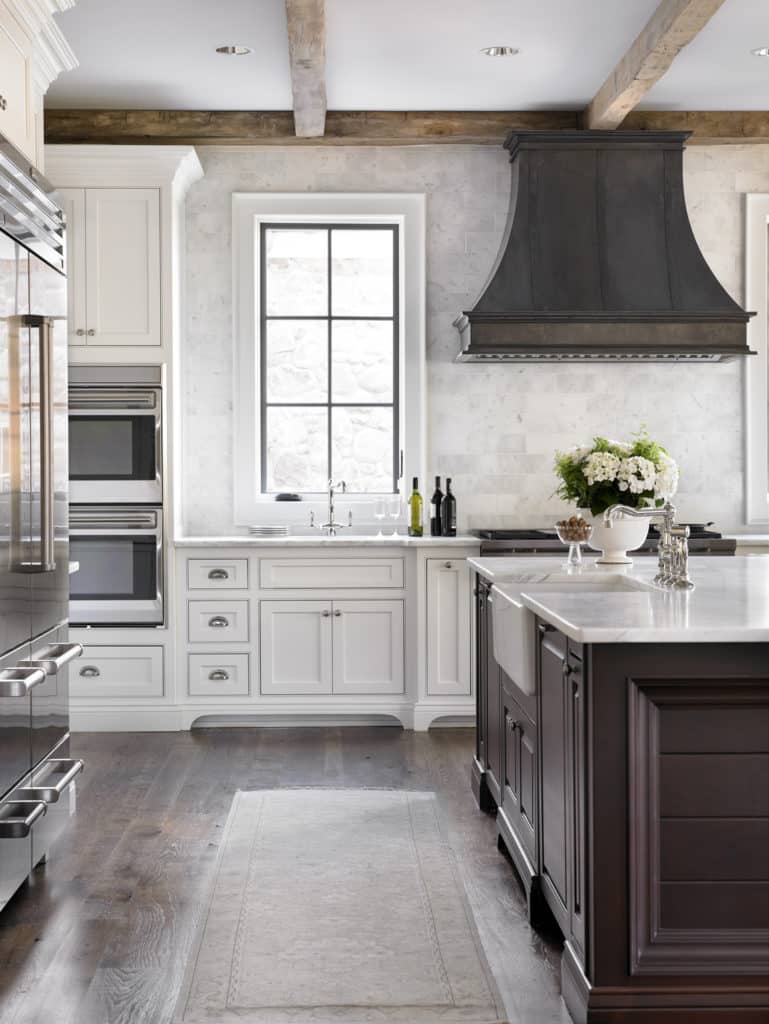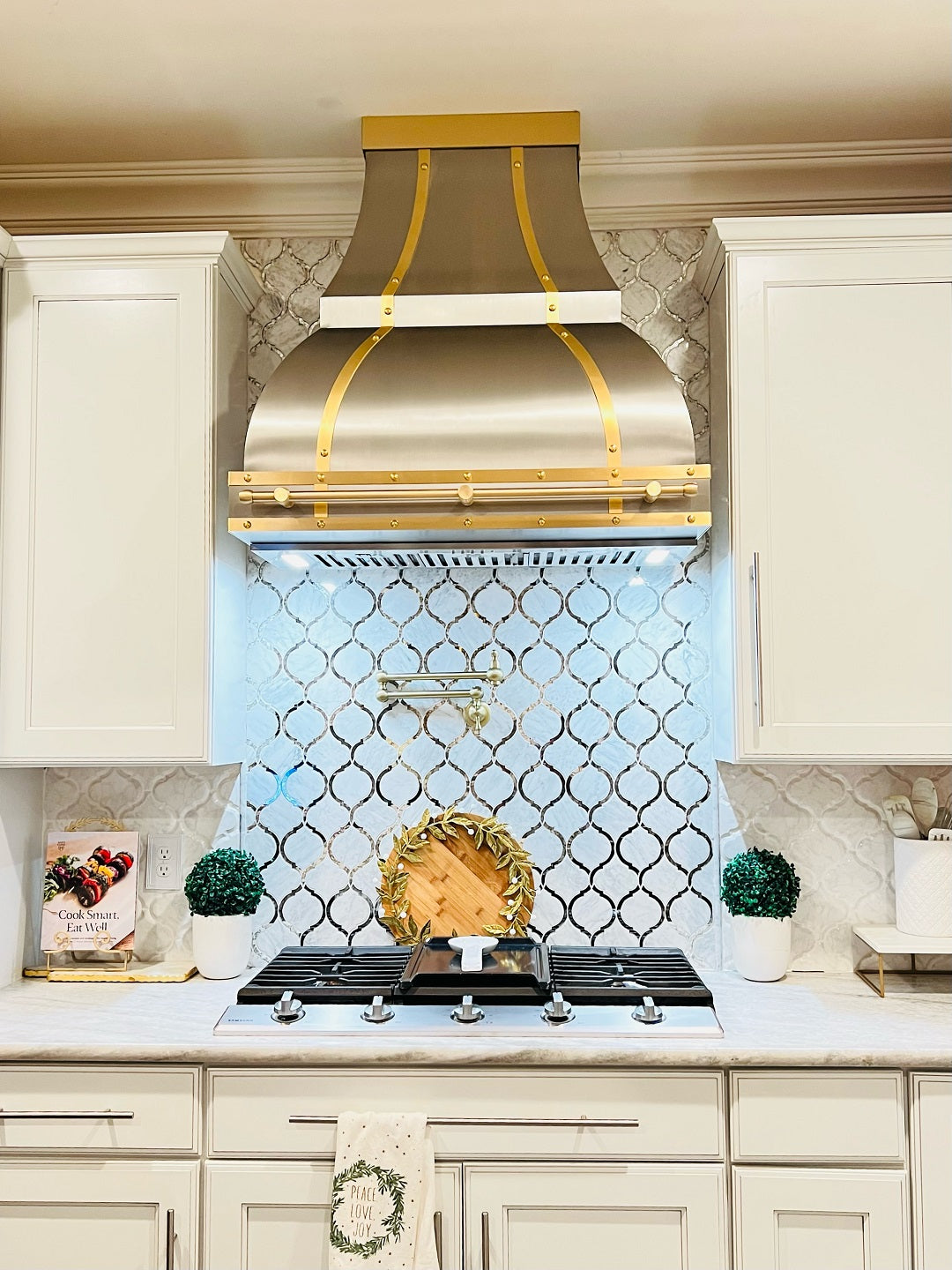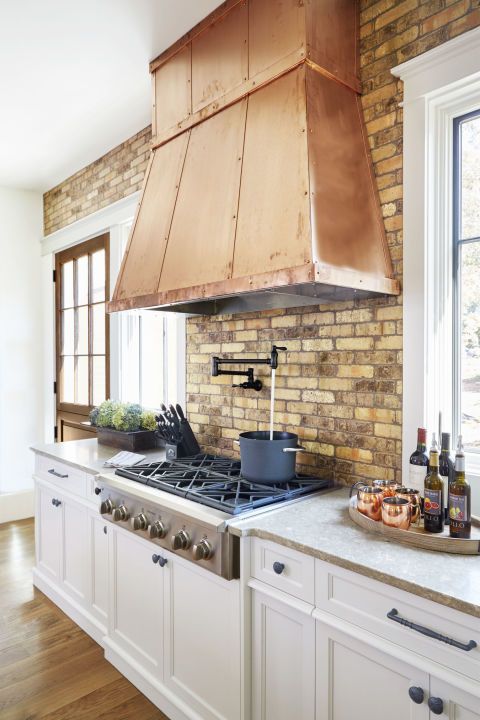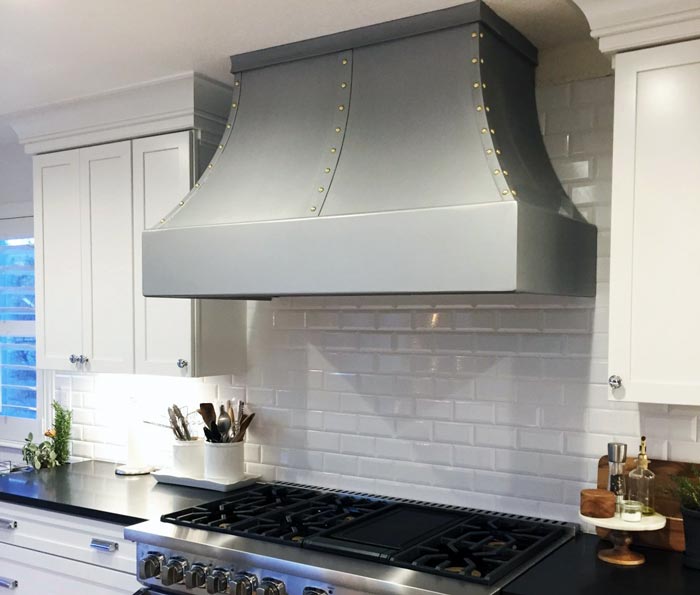When it comes to remodeling or designing a kitchen, one feature that can elevate your space dramatically is the decorative vent hood. This article explores various styles, materials, installation tips, and much more, allowing you to create a kitchen that is both beautiful and functional. From my personal journey into the world of kitchen design, I have realized that the right vent hood can serve as a focal point, blending aesthetics with utility.
What is a Decorative Vent Hood?
A decorative vent hood is a type of range hood that combines functionality with artistic design. Unlike standard vent hoods that prioritize utility over style, decorative range hoods are often crafted to complement the overall aesthetic of the kitchen. They can be made from various materials, including copper, stainless steel, wood, and even glass.
The Importance of a Vent Hood in Your Kitchen
Vent hoods are essential for several reasons:
- They help remove smoke, steam, and odors from cooking, improving air quality.
- They prevent grease buildup on cabinets and walls.
- Decorative units add character and style to your kitchen, making it a warm and inviting space.
Types of Decorative Vent Hoods
There are various types of decorative vent hoods, each with unique designs and features. Here’s a closer look:
1. Wall-Mounted Vent Hoods
These hoods are fixed to the wall above your cooking surface. They are ideal for kitchens that want a modern, minimalist look.
Pros and Cons
| Pros | Cons |
|---|---|
| Modern aesthetic | May require wall modifications |
| Effective at removing smoke | Limited installation locations |
2. Under-Cabinet Vent Hoods
These units are designed to fit beneath cabinets, making them a space-saving option. They work well in smaller kitchens.
Pros and Cons
| Pros | Cons |
|---|---|
| Space-efficient | Less stylish than other options |
| Easy installation | May not handle high cooking volumes |

3. Island Vent Hoods
As the name suggests, these hoods are mounted directly above a kitchen island. They can serve as a stunning centerpiece.
Pros and Cons
| Pros | Cons |
|---|---|
| Enhances island aesthetics | Can be more expensive |
| Great for open-concept kitchens | Requires proper ductwork |

4. Downdraft Vent Hoods
These are built into the countertop and rise when needed. They are perfect for those who prefer a clean look without any overhead appliances.
Pros and Cons
| Pros | Cons |
|---|---|
| Saves space and offers flexibility | Less effective in removing smoke |
| Modern appearance | Can be more complex to install |

Materials Used in Decorative Vent Hoods
The material of a decorative vent hood significantly influences its performance and style. Below are the most common materials:
1. Stainless Steel
Stainless steel is popular for its modern look and durability. It’s easy to clean and resistant to rust and corrosion.

2. Wood
Wooden hoods can bring warmth and a rustic charm to a kitchen. They are often custom-built, allowing for unique designs.
3. Copper
Copper hoods are not just functional; they are also eye-catching. They develop a beautiful patina over time, adding character.

4. Glass
Glass vent hoods can offer an ultra-modern look. They are often paired with LED lighting to create a stunning visual effect.
Decorative Vent Hood Styles
Choosing the right style for your kitchen can be daunting given the variety available. Here are some popular styles:

1. Traditional
Traditional vent hoods are often ornamental, featuring intricate carvings or designs. They work well in classic or farmhouse-style kitchens.
2. Modern
These hoods emphasize clean lines and minimalism. They can be made from stainless steel or glass, fitting perfectly into contemporary designs.

3. Industrial
Industrial hoods often feature raw materials like exposed metal and ductwork. They are inspired by commercial kitchen designs.
4. Vintage
Vintage hoods are designed to evoke nostalgia, often with retro colors and shapes, perfect for a throwback kitchen style.
Choosing the Right Size of Vent Hood
The size of your vent hood is crucial for effective airflow. Here are some guidelines:
1. Width
Choose a hood that is at least as wide as your cooktop. Ideally, it should extend 3–6 inches beyond the edges of the cooking surface.
2. Height
The height of the vent hood should typically be between 24 to 36 inches above the cooking surface, depending on the type of cooking and ventilation requirements.
Installation Tips for Decorative Vent Hoods
Installing a decorative vent hood can be straightforward if you follow these tips:
1. Check Local Codes
Before installation, verify local building codes regarding kitchen ventilation to ensure compliance.
2. Plan for Ducting
Consider how the ductwork will run; you may need to create new paths if using an external vent hood.
3. Seek Professional Help
If unsure about installation, hiring a professional can help ensure proper setup and functionality.
Maintenance and Cleaning
Regular maintenance is key to keeping your decorative vent hood functioning efficiently:
1. Regular Cleaning
Clean the exterior of the hood with mild detergent and water. For greasy surfaces, a degreaser might be necessary.
2. Replace Filters
Check and replace the filters as needed. Some units come with dishwasher-safe filters, making cleaning easier.
3. Professional Inspections
Consider having a professional inspect your vent hood annually to ensure its effectiveness.
Comparison of Popular Decorative Vent Hoods
To help you make an informed decision, here’s a comparison table of some popular decorative vent hoods on the market:
| Brand | Material | Style | Price | Rating |
|---|---|---|---|---|
| Broan | Stainless Steel | Modern | $500 | 4.5/5 |
| Zephyr | Copper | Industrial | $1200 | 4.7/5 |
| Vent-A-Hood | Wood | Traditional | $1500 | 4.8/5 |
| Faber | Glass | Modern | $700 | 4.6/5 |
Tips for Personalizing Your Decorative Vent Hood
Once you have selected a decorative vent hood, consider these tips to personalize it:
1. Paint or Stain
If you’ve chosen wood, consider painting or staining it to match your kitchen’s color scheme.
2. Add Decorative Trim
Add decorative trim or molding for an added touch of elegance and a custom look.
3. Use Lighting
Consider installing under-cabinet lighting or LED strips around the hood for a dramatic effect.
Frequently Asked Questions (FAQs)
What is the best material for a decorative vent hood?
The best material depends on your kitchen style and maintenance preference. Stainless steel is durable and easy to clean, while wood brings warmth and charm.
How do I know what size vent hood I need?
Your vent hood should be at least as wide as your cooktop and typically 3-6 inches wider for optimal performance. The height should be 24-36 inches above the cooking surface.
Are decorative vent hoods hard to install?
Installation can vary in difficulty based on the model. It’s best to consult a professional if you’re unsure about the installation process.
How can I maintain my decorative vent hood?
Regular cleaning, replacing filters, and scheduling professional inspections can help maintain your vent hood’s performance and prolong its lifespan.
Conclusion
Decorative vent hoods are more than just practical appliances; they are the crown jewels of your kitchen. By choosing the right style, size, and material, you can enhance both the functionality and aesthetic appeal of your space. Remember to consider your cooking style, kitchen design, and personal preference when selecting a decorative vent hood. I hope this guide has provided valuable insights based on my own experiences and knowledge, helping you make an informed choice. Happy cooking and designing!